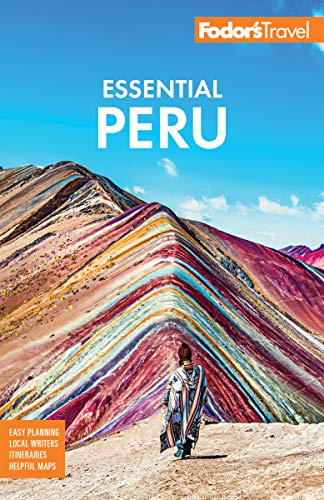Stunning, unpredictable, and enormous, Lake Titicaca is a world of unique flora, fauna, cultures, and geology. Lago Titicaca, which means "lake of the gray (titi) puma (caca)" in Quechua, borders Peru and Bolivia, with Peru's largest portion to the northwest. Although Peru boasts the largest port in Puno (57% of the lake is in Peru), Bolivia's side has Isla del Sol and Isla de la Luna, two beautiful islands with great views and Inca ruins. The lake itself is larger than Puerto Rico, with an average depth of 7.5 meters (25 feet) and a minimum temperature of 38˚F. Lake Titicaca gains 1.5 meters (5 feet) of water in summer (rainy season) and loses it again in winter (dry season).
The Bahía de Puno, separated from the lake proper by the two jutting peninsulas of Capaschica and Chucuito, is home to the descendants of the Uro people, who are now mixed with the Aymara and Quechua. The lakeshores are lush with totora reeds—valuable as building material, cattle fodder, and, in times of famine, food for humans.
Although it's generally cold, the beaming sun keeps you warm and, if you don't slather on sunscreen, burned.






